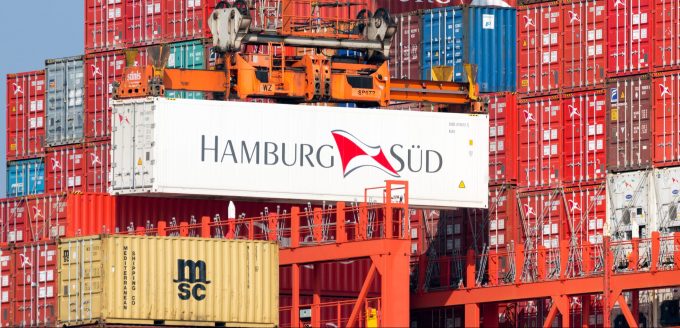With billions to burn, shipping lines fear nothing in H2 25
‘In the name of share’

Despite the radical changes in the container shipping landscape, that will see almost 80% of trade controlled by just seven operators, shippers should not be overly concerned about a loss of competitiveness in the market.
That is the view of consultantcy Drewry in its latest Container Insight ...

Comment on this article
Craig
January 31, 2018 at 9:36 amIt is good to see that the shipping lines are beginning to recover from what can only be described as self inflicted carnage due to the ever increasing size of vessels and massive over capacity.
What is not so heartening is the way in which the lines have mercilessly attacked suppliers for discount after discount with no change in rates for service for over three years in some cases when freight rates are increasing!
The ethical practices that are part and parcel of big business have been happily cast aside in areas of the globe that are less well regulated!
This show of unethical process shows a much darker side to the cut throat world that is international container shipping!